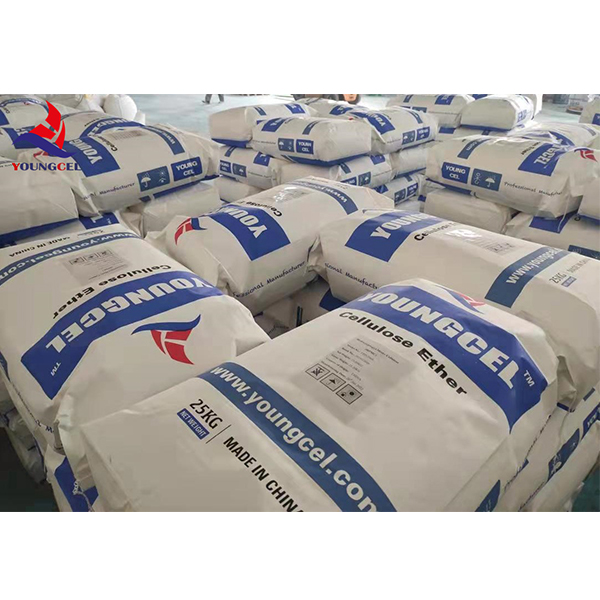The Role of Cellulose and HPMC in Paint Formulations
In the realm of modern coatings and decorative finishes, the significance of various additives cannot be overstated. Among these, cellulose derivatives, particularly Hydroxypropyl Methylcellulose (HPMC), have garnered considerable attention for their multifunctional properties. This article delves into the role of cellulose and HPMC in paint formulations, highlighting their benefits, applications, and impact on paint performance.
Understanding Cellulose and HPMC
Cellulose is a naturally occurring polymer derived from plant cell walls. Its abundant availability and biodegradable nature make it an attractive option for numerous applications, including the formulation of paints. HPMC, a semi-synthetic cellulose ether, results from the modification of cellulose molecules through methylation and hydroxypropylation. This modification imparts enhanced solubility and improves the performance of HPMC in aqueous systems, such as water-based paints.
Enhancing Paint Properties
One of the most notable benefits of incorporating HPMC into paint formulations is its ability to act as a thickening agent. In aqueous formulations, HPMC increases the viscosity of the paint, which enhances its application properties. This thickening action facilitates improved suspension of pigments and other solid particles, ensuring a uniform color and finish. As a result, HPMC helps prevent settling and enhances the stability and shelf life of the paint.
Additionally, HPMC contributes to the durability of paint films. When used in appropriate concentrations, it aids in the formation of a cohesive film that resists cracking and peeling under various environmental conditions. This durability is particularly crucial for exterior paints, which must withstand fluctuations in temperature, humidity, and UV exposure.
Workability and Application
cellulose hpmc for paint

The presence of HPMC in paint formulations also enhances workability. Paints containing HPMC often exhibit improved open time—the duration during which the paint remains workable before drying. This extended open time allows for easier application and better blending, particularly for professional painters who require precision during the application process. Additionally, the thixotropic properties of HPMC help prevent drips and runs, ensuring a smoother finish on vertical surfaces.
Environmental Considerations
As a renewable resource, cellulose and its derivatives align with the growing demand for environmentally friendly products. HPMC is often water-soluble and non-toxic, making it suitable for eco-conscious formulations. With a continuous shift towards sustainable practices in the paint industry, the use of cellulose-based additives like HPMC contributes to the development of greener products without compromising performance.
Applications Beyond Aesthetics
Beyond their aesthetic contributions, cellulose and HPMC play functional roles in specialty paints. For instance, in coatings designed for specific conditions, such as anti-fungal or anti-bacterial paints, HPMC can be combined with active ingredients to enhance performance. Moreover, their hydrophilic nature allows for improved adhesion on various substrates, making them essential in formulating primers and undercoats.
Conclusion
The integration of cellulose and Hydroxypropyl Methylcellulose (HPMC) in paint formulations represents a significant advancement in the coatings industry. Their multifaceted benefits—including enhanced viscosity, improved film formation, extended workability, and environmental friendliness—make them indispensable in developing high-quality paints. As the industry continues to evolve and prioritize sustainability, the utilization of HPMC and cellulose derivatives will undoubtedly play a critical role in shaping the future of paint formulations. With ongoing research and innovation, the potential applications and benefits of these materials are likely to expand, offering even more solutions for painters and consumers alike.
-
Rdp Powder: Key Considerations for Wholesalers in the Building Materials IndustryNewsJul.08,2025
-
Key Considerations for Wholesalers: Navigating the World of Hpmc - Based ProductsNewsJul.08,2025
-
Hpmc Detergent: Key Considerations for WholesalersNewsJul.08,2025
-
Key Considerations for Wholesalers: China Hpmc For Tile Adhesive, Coating Additives, Concrete Additives, and MoreNewsJul.08,2025
-
Crucial Considerations for Wholesalers: Navigating the World of Construction MaterialsNewsJul.08,2025
-
Key Considerations for Wholesalers Sourcing Additive For Cement, Additive For Concrete, Additive For Putty from Additive Manufacturer Shijiazhuang Gaocheng District Yongfeng Cellulose Co., Ltd.NewsJul.08,2025




